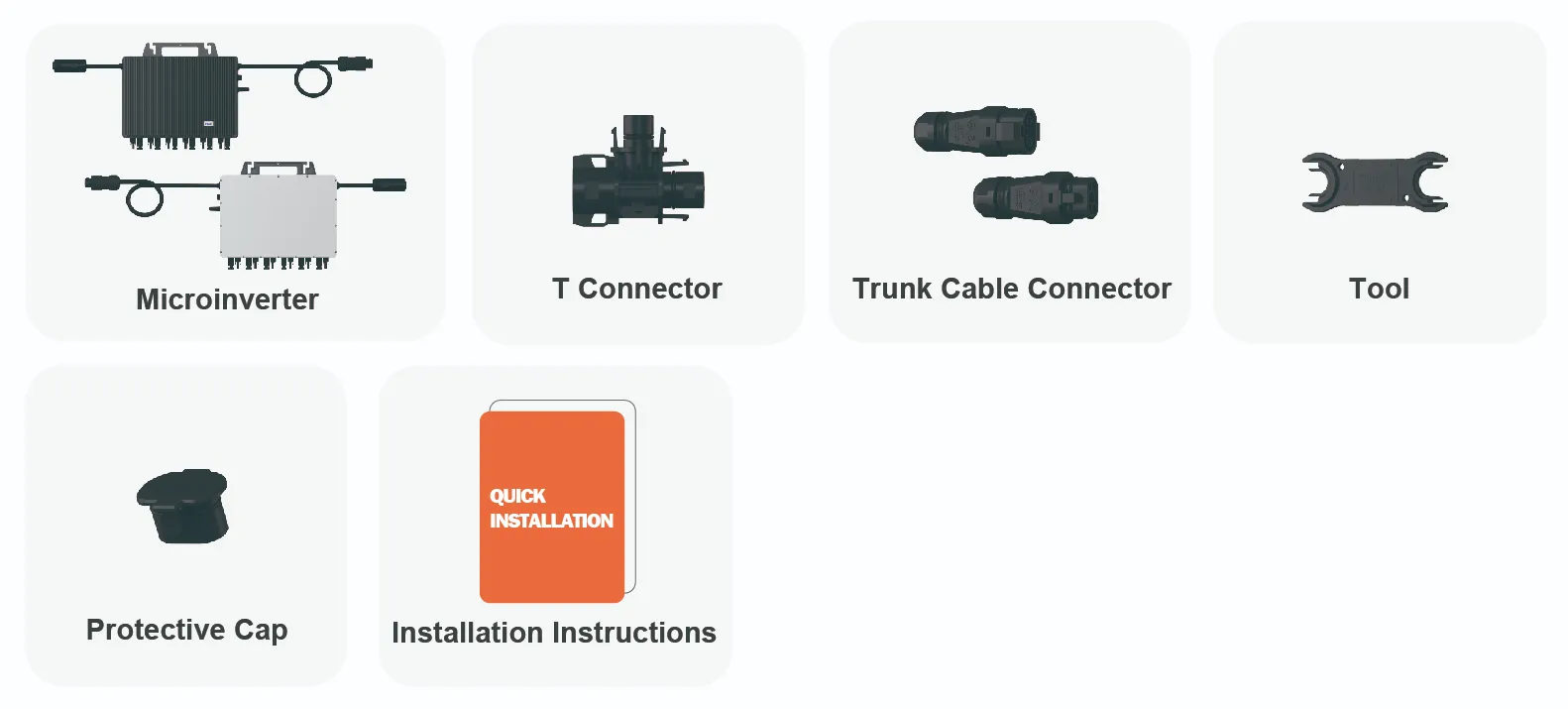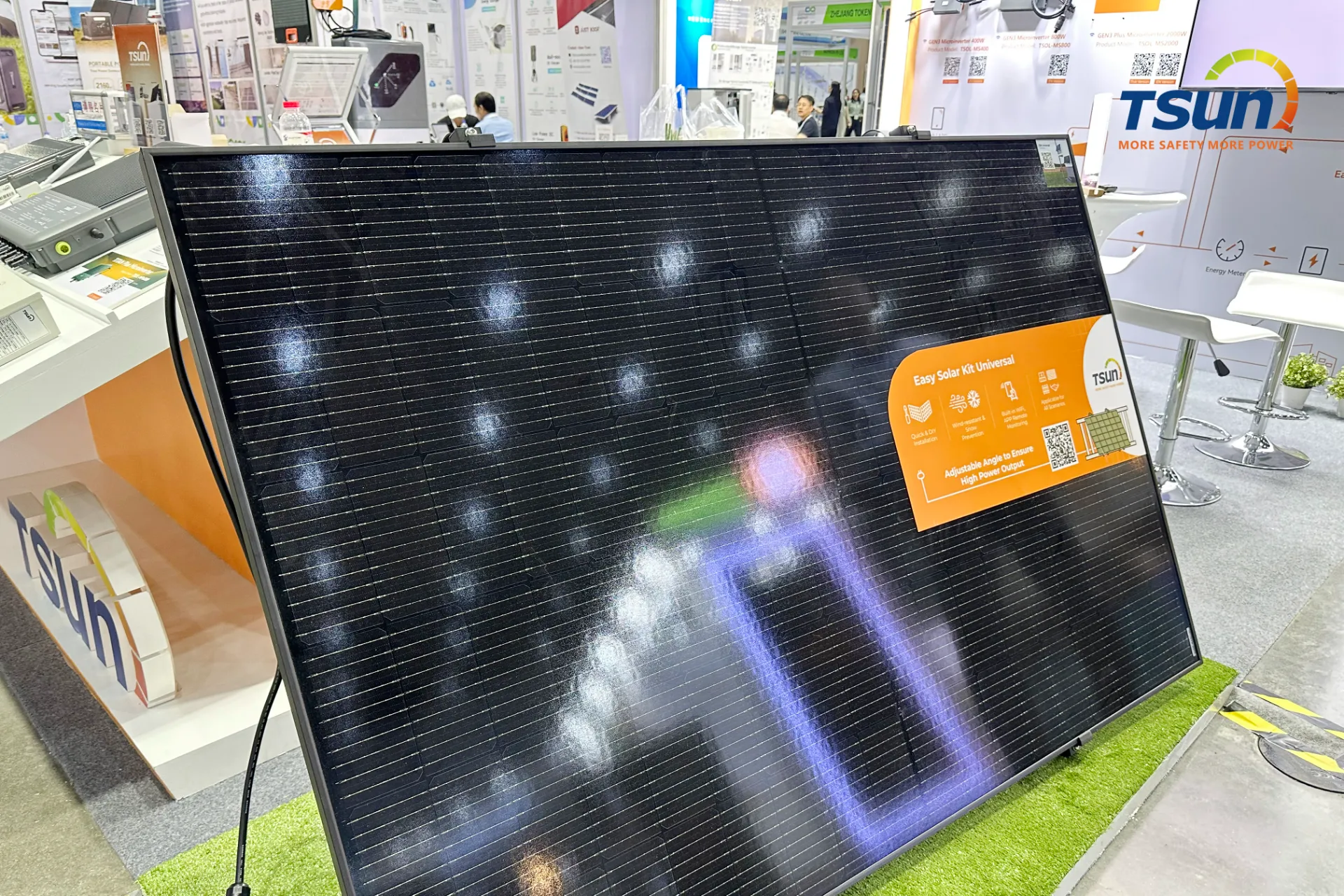Solar energy is increasingly becoming the backbone of renewable energy solutions across the globe. Its abundant availability and environmental credentials make it a superior choice for the sustainable energy needs of the future. However, one of the main challenges of solar energy is its intermittency - the sun doesn't shine all the time.
This challenge underscores the importance of effective solar energy storage systems. This article delves deep into the diverse types of solar energy storage, ensuring readers gain insights grounded in experience, expertise, authority, and trustworthiness.

1. Lithium-ion Batteries The Current Standard
Lithium-ion batteries are perhaps the most widely recognized form of energy storage, thanks to their frequent use in consumer electronics and electric vehicles. These batteries are prized for their high energy density, efficiency, and declining cost. With advancements in technology enhancing their lifespan and charge times, more residential and commercial solar setups are integrating lithium-ion solutions. Having personally worked with several lithium-ion battery installations, I've witnessed their reliability and gradual improvement in capacity and safety, making them a staple in the solar industry.

2. Flow Batteries The Emerging Contender
Flow batteries represent one of the innovative shifts in solar energy storage. They operate by circulating liquid electrolytes through cells, which offers the significant advantage of scalability. Flow batteries can maintain a steady output for prolonged durations and are less prone to degradation over time. In my experience with industrial solar projects, flow batteries are particularly valuable for large-scale storage, providing consistent and adaptable energy solutions that can accommodate fluctuations in demand and supply.
3. Thermal Energy Storage Harnessing Heat
Thermal energy storage is a fascinating method that involves storing solar energy in the form of heat. While this is predominantly used in concentrated solar power (CSP) systems, innovations are enhancing its applicability in residential settings. Systems like molten salt storage allow for efficient energy retention and have been utilized effectively in several large-scale projects I’ve overseen. These systems ensure electricity production even after sunset, reinforcing the grid's stability.
types of solar energy storage
4. Compressed Air Energy Storage (CAES) Pressure in Practice
CAES systems store energy by compressing air in large underground reservoirs. When energy is needed, the compressed air is released, driving turbines to generate electricity. This method is particularly beneficial in regions with natural geological formations that can safely hold compressed air. As an expert in energy systems with hands-on experience, I find CAES to be a promising solution for supplementing traditional grid services, especially in areas prone to energy demand fluctuations.
5. Supercapacitors Speed and Efficiency
Supercapacitors, while still in the developmental stages relative to other storage solutions, offer rapid charge and discharge cycles. Their efficiency in energy transfer makes them ideal for applications requiring quick bursts of power. In field tests I’ve conducted, supercapacitors have shown potential in balancing energy loads instantaneously, though their current storage capacity is a limiting factor for widespread use.
6. Hydrogen Storage The Green Fuel of the Future
Hydrogen energy storage converts solar power into hydrogen fuel through electrolysis. This hydrogen can then be stored and used in fuel cells to generate electricity. Having participated in hydrogen pilot projects, I've observed their advantages in long-term storage potential and zero emissions. However, the current high costs and infrastructure needs challenge broader adoption.
Real-world applications and innovations continually shape the solar storage landscape. Each method presents its own set of benefits and challenges, tailored to specific requirements and circumstances. Investing in the right storage solution not only maximizes the efficiency of solar energy systems but also paves the way for a sustainable, reliable, and renewable energy future. As technology advances, the diversification and improvement of these storage solutions will undoubtedly make solar energy more adaptable and widespread, solidifying its role as a cornerstone of global energy structures.
 LEARN DETAILS
LEARN DETAILS



